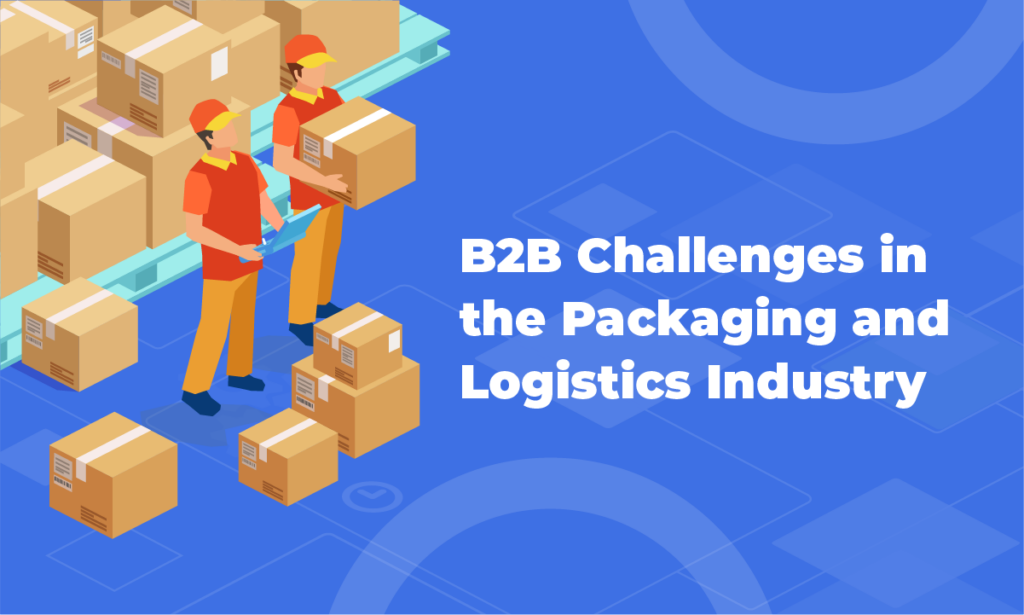Along with rapid growth in online shopping in the retail sector, adoption rates for business to business (B2B) ecommerce in Asia are also soaring. Although 2021 will be challenging for businesses across the region many see a new or enhanced ecommerce offer as an essential part of their response.
The Asian context
The International Monetary Fund (IMF) forecasts a downturn in gross domestic product (GDP) across Southeast Asia, including Indonesia, Malaysia, Philippines, Singapore and Thailand, although Vietnam could still see 1% growth.
Economies of some of the region’s leading trade partners are also shrinking. China’s growth forecast has dropped from 6% to less than 2%, while forecasts for Japan, the United States and the European Union are all negative.
However, the longer-term outlook is exciting and, in many respects, the region is leading the world in the adoption of new digital technologies.
Impressive B2B ecommerce statistics
Before the pandemic, research experts Frost & Sullivan had predicted that global B2B ecommerce sales would reach over US$6.6 trillion in 2020, overtaking B2C sales, valued at US$3.2 trillion for the same period.
Forrester is forecasting growth of over 11% per annum until 2024 in B2B ecommerce, with B2B online marketplaces leading the way.
It is estimated that B2B payments revenue across Asia will double, reaching over $1,356 billion by 2025, compared with $671 billion in 2018; a compound annual growth rate of 10.5%. This is supported by the growing popularity of e-invoicing for business, which is also increasingly in demand by government organizations and tax authorities struggling with tax evasion and financial fraud.
B2B ecommerce expansion across Asia
Governments across Asia are embracing digital transformation both as a response to the coronavirus pandemic and as the foundation for future economic growth.
Myanmar – in April Myanmar’s government committed support for ecommerce as part of its economic stimulus plan in response to the pandemic. It aims to launch a central ecommerce platform for online trading, with plans to cultivate the ‘strategic habit’ of digital trading.
India – India is expected to be a major investor in B2B ecommerce, according to a survey by Econsultancy and Magento, benefiting from government support and rising mobile penetration in the region.
India’s top B2B ecommerce marketplace, Udaan, recognized the need for a trusted direct connection between manufacturers and retailers in the Indian B2B supply chain. Taking on the role of the middleman in 2016, it is now valued at US$2.7 billion.
Vietnam – Vietnam’s largest B2B ecommerce platform, Telio, works closely with small household businesses and retailers across the country. After just a year in operation, the company secured US$25million funding in December 2019.
The platform is successfully addressing key issues for these small businesses. Typically, small Vietnamese retailers have to have 50 to 80 suppliers and can often only work out their pricing after their goods are delivered. The cost and reliability of deliveries was also a problem in many cases, with free delivery only offered on larger consignments.
Indonesia – in Indonesia Tokopedia was established in 2009 to compete with eBay and Rakuten before expanding to challenge Lazada and finally Amazon. The company says its mission is to ‘democratize commerce through technology’, inspired by Alibaba in China, which is now a minority stakeholder.
It seems to be working, with almost nine out of 10 sellers on the platform being first-time entrepreneurs. The company says its annual gross merchandise value has already reached US$15.8billion, which would be equivalent to 1.5% of Indonesia’s total GDP. It is reported to be considering a merger with a view to going public.
Malaysia – B2B ecommerce has grown rapidly in the past five years, with the Malaysia market expected to reach US$3.4billion this year. It is one of the fastest growing sectors for small and medium-sized enterprises which have a high adoption rate for new technologies. Malaysia is ranked fourth among nine Asia and Pacific countries surveyed in digital platform implementation and third in adopting Industry 4.0 technologies.
Alibaba Cloud launched a City Brain initiative last year in collaboration with the Malaysia Digital Economy Corporation (MDEC) and the Kuala Lumpur City Hall. The trial in Kuala Lumpur is expected to be extended to other parts of Malaysia after completion of the pilot project. The robust infrastructure will support Malaysia’s digital transformation with cloud technology and artificial intelligence.
Thailand – B2B ecommerce in Thailand is growing rapidly, supported by increased internet and mobile phone use, improved logistics and e-payment systems. According to Thailand’s Electronic Transaction Development Agency, the sectors using ecommerce platforms to increase their productivity include the food and service sectors (31%), followed by manufacturing (16%), retail and wholesale (15%).
Singapore – in November this year Singapore’s Commodities Intelligence center (CIC) jointly launched a ‘Digital Silk Road’ initiative with the region’s leading B2B ecommerce group, ZALL. Joined by Singapore’s new Blockchain for Trade & Connectivity (BTC) Network, it will be the country’s first global B2B commodities e-trade platform. CIC will help Singapore businesses find new global opportunities for trade through improved digital connectivity.
Some 300 merchants have already made over 250 cooperation agreements, amounting to a S$56.3billion (US$42.2billion), underscoring the increasingly important strategic role of CIC in expanding regional trade and investment.
Since the start of the year, CIC has seen an increase of over 20% in customers joining their platform compared to last year, with over 4,000 searches for trading opportunities every day.
Speak with one of our experts to find out more about adoption of B2B ecommerce in Asia.





